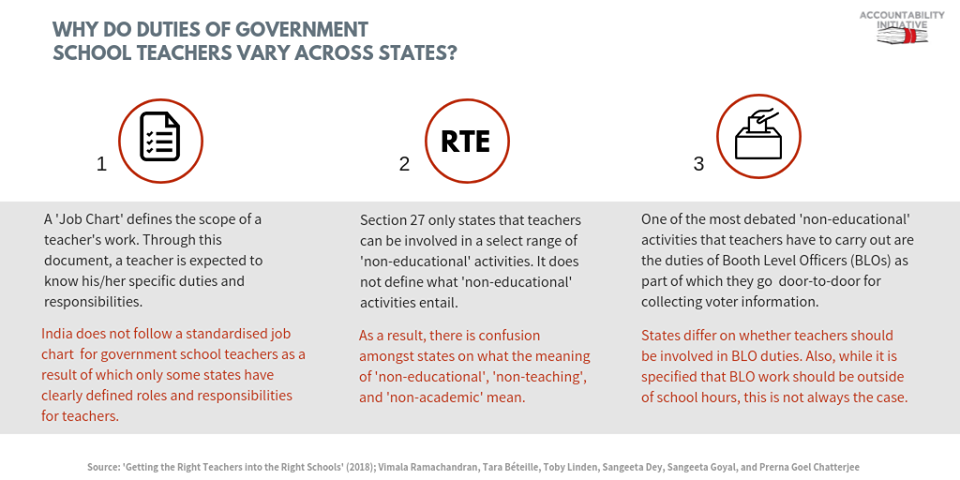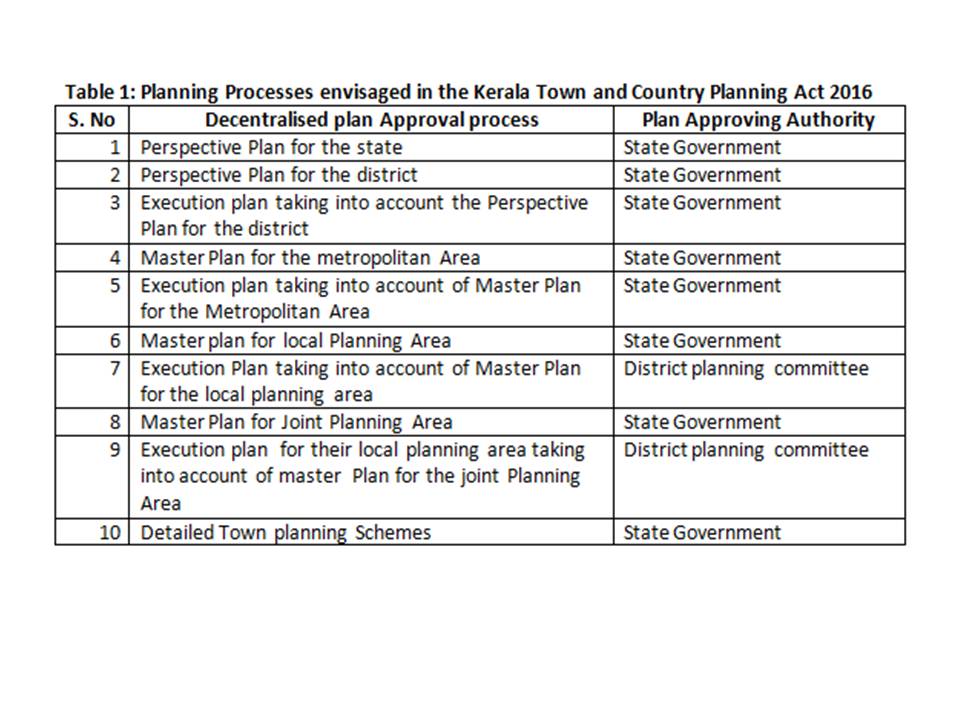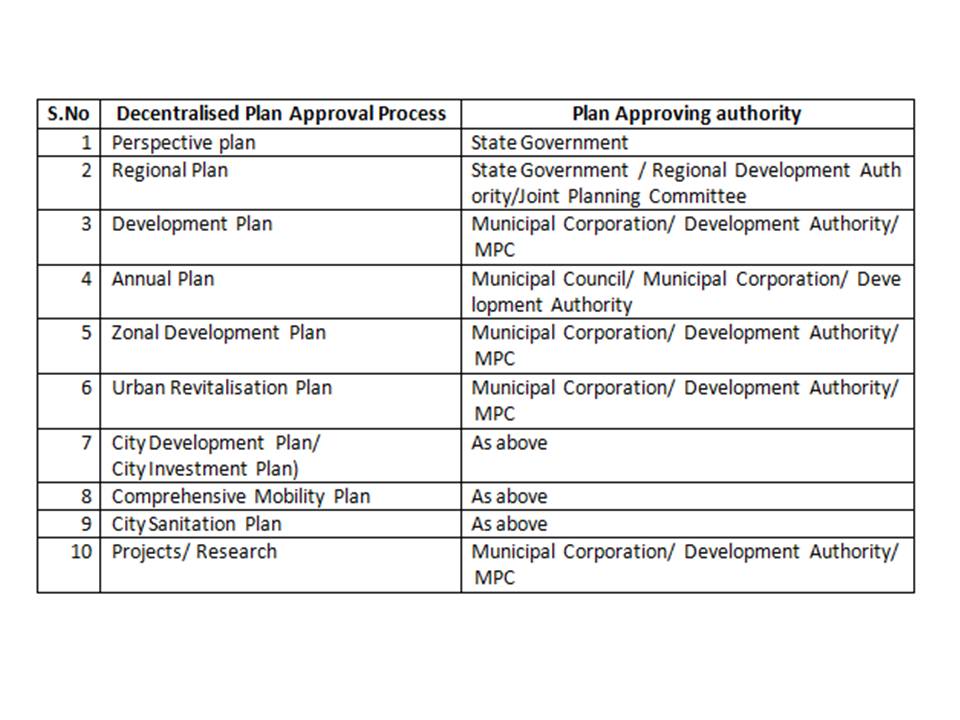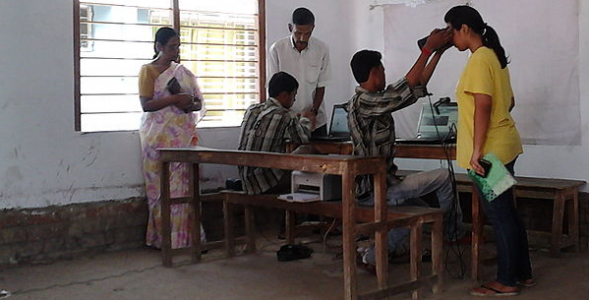As voting begins for a fractious and keenly contested election to the next Lok Sabha, the three ‘C’s that dog India’s political and social milieu, Caste, Communalism and Corruption, again take centre stage. Political debates have raged around these issues with all parties accusing the others of not doing enough to address them, and also of actively promoting and exacerbating the problems associated with each one of these. When it comes to corruption, we have seen the Prime Minister taking this as the centre point of his campaign, asserting himself to be the ‘Chowkidar’ that is ever vigilant to prevent corruption and leakage. The opposition has, with equal energy, pooh poohed his efforts and that of his party, pointing out facts that are in their view, evidence that the ruling party actively abets and promotes corruption.
The ordinary public, buffeted by propaganda, tall claims and opinions masquerading as facts, has very little to go by in order to form a clear opinion on whether corruption is being tackled effectively.
This blog series aims to unpack the vast area of prevention of corruption, and explores whether India is on the right path towards tackling it effectively.
Different forms of corruption demand different strategies of treatment; indeed, what may work to curb one form of corruption may not only be ineffective in another case, but may even be counterproductive if employed mechanically.
The first thing to note, if international experience is to be relied upon, is that corruption takes time to be tamed, controlled and reduced, if not eradicated. There are several examples of rapid reduction of corruption, but most such experiences have been achieved in extraordinary circumstances, where there has been not only large scale public support to the reduction of corruption, but also relied upon leaders of exemplary vision, drive, tenacity and courage, who have not been deterred by adversities. More often than not, most countries have reduced corruption through decades of chipping away at it; with several failures strewing the arduous path to eventual success.
It would be accurate to say that quite often, corruption has not deterred economic progress, overall; indeed, corruption might have spurred and catalysed economic progress to some extent, in many emerging economies. What it has done, however, nearly universally, is to put wealth in the hands of the undeserving, which has created social tension – indeed, it is this social tension that has built up pressure for governments to work on policies of reducing corruption.
One of the popular fallacies that persist in the minds of ordinary citizens, is that corruption is a large, single, homogeneous disease that can be best cured if there is a concerted effort to improve the morals of a society. While this seems self-evident, starting with improving the morals of society has not been a very effective way of curbing the menace of corruption. This is not to say that morals and value systems do not play a part in the reduction of corruption; but that from a public policy perspective, government money is demonstrably better spent in other strategies, which have proven to be much more effective in reducing corruption.
Before we embark upon an exploration of the different ways in which corruption may be effectively tackled, it is educative to see where India stands in a comparative scale with respect to the intensity and persistence of corruption.
The most long standing country wise comparison is undertaken by an international civil society organisation, Transparency International, which annually prepares a Corruption Perception Index, ranking 180 countries and territories by ‘their perceived levels of public sector corruption, according to experts and business people’. The index uses a scale from zero to hundred, with zero indicated a highly corrupt state and 100 one of a country virtually free of corruption. Overall, the results are not encouraging. More than two thirds of the countries scored less than 50 on the scale in 2018 and the average score was a shade below 43.
India’s score has not been anything to make the country proud. In 1995, India stood high on the ranking at the 35th position, but that slipped to the 72nd rank in 2007, more due to the comparatively better performance of many countries that overtook India in that period. In 2008, India’s ranking slipped to the 85th position and we stayed there till 2014. There was an improvement in 2015, as India surged to the 76th position, but since then we have slipped to the 79th rank in 2016 and the 81st rank in 2017, before showing a slight improvement to the 80th rank in 2017 and the 78th rank in 2018. From the marks perspective, India has shown a steady, slow improvement. In 2012 and 2013 India’s score was 36 out of hundred. That improved to 38 in 2014 & 2015, 40 in 2016 and 2017 and 41 in 2018. Too slow, and too little, but still, an improvement.
The first step in understanding how corruption may be best tackled is to look at the different kinds of corruption that exist. Contrary to popular perception, as I said earlier, it is not a homogenous, all pervasive phenomenon. There are different forms of corruption, and each has its own characteristics. Like diseases, the pathogen is to be first identified before a proper and effective diagnosis can be effected and a treatment prescribed. Different forms of corruption demand different strategies of treatment; indeed, what may work to curb one form of corruption may not only be ineffective in another case, but may even be counterproductive if employed mechanically.
In my next blog, I unpack the phenomenon of corruption into different categories and explore how each type of corruption may be effectively tackled. I will also touch on what India has done in the recent past, and what remains to be done in the near future.



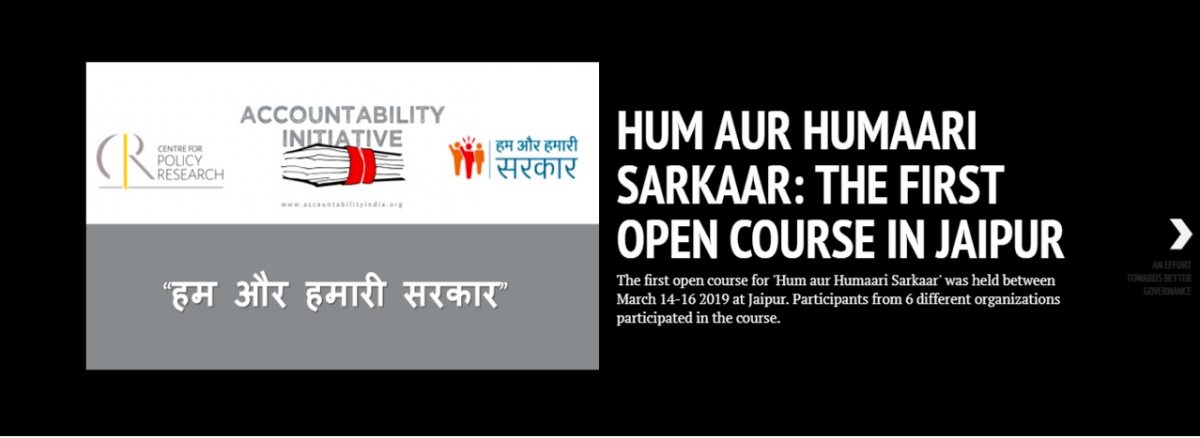

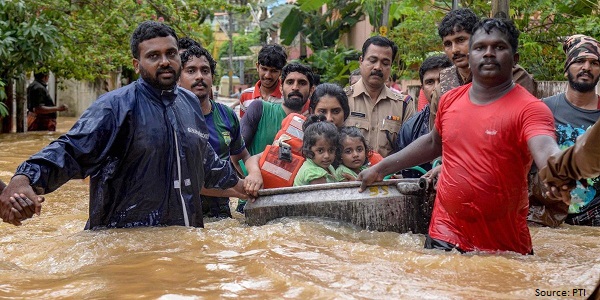

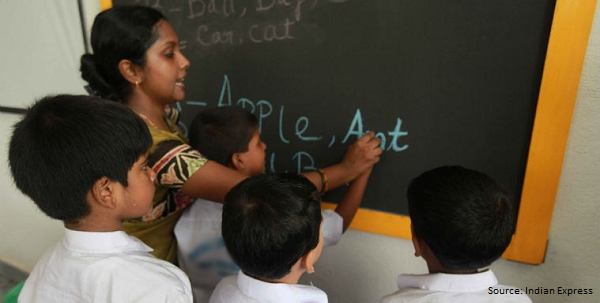
 A few months ago, my colleague and I conducted a focus group with seven teachers from a government school in Delhi. The discussion was conducted with the aim to get teachers to reflect on their experience of working in government schools. We kicked off the discussion by presenting a vignette of a recent graduate and professionally trained teacher, who had been newly appointed to their school. We then asked the group to address the new appointee on her first day at work and to give her any advice they felt would help her at that stage. ‘Don’t be disappointed!’ said the youngest teacher, the first to respond in the group. After a moment of silence she continued addressing the hypothetical teacher:
A few months ago, my colleague and I conducted a focus group with seven teachers from a government school in Delhi. The discussion was conducted with the aim to get teachers to reflect on their experience of working in government schools. We kicked off the discussion by presenting a vignette of a recent graduate and professionally trained teacher, who had been newly appointed to their school. We then asked the group to address the new appointee on her first day at work and to give her any advice they felt would help her at that stage. ‘Don’t be disappointed!’ said the youngest teacher, the first to respond in the group. After a moment of silence she continued addressing the hypothetical teacher: